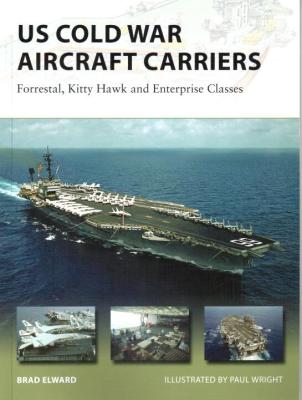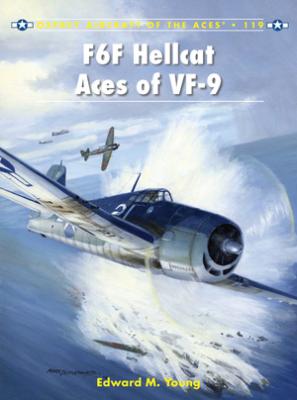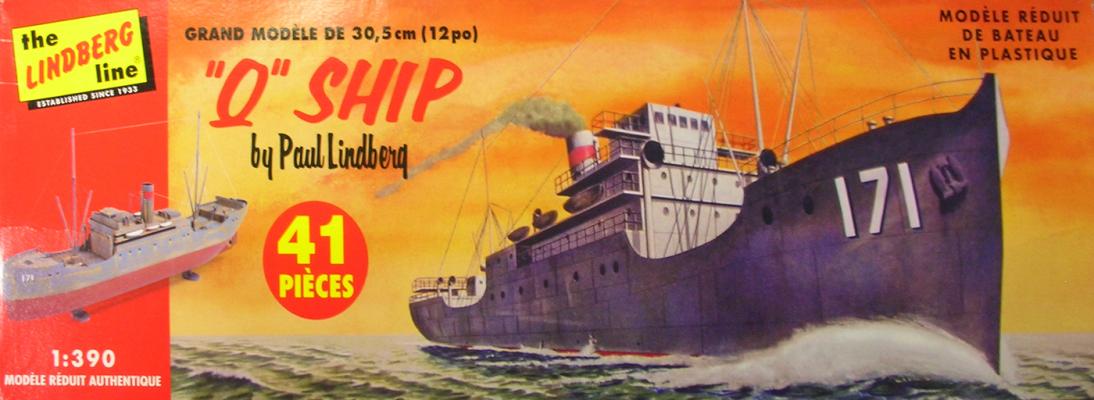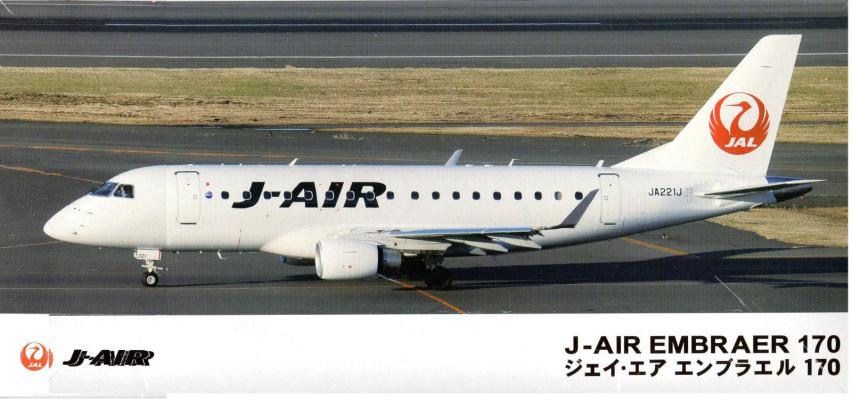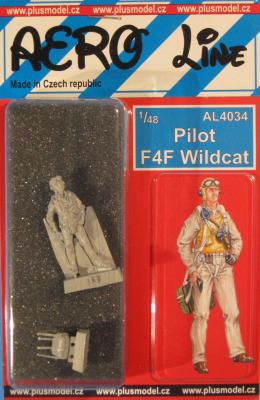Thank you very much to the wonderful folks at Osprey Publishing for providing this new publication for review. Thanks are also due to the IPMS Reviewer Corps for allowing me the opportunity to explore a wonderful documentation and fascinating historical description of the earliest super carriers.
On opening the book you will find 48 glossy pages filled with text, 30 color photos, 11 black-and-white photos, 2 black-and-white drawings, and 7 color painting and diagrams. The softcover binding is 9.75 x 7.25 inches and a little less than a quarter-inch thick, with a color photo of the U.S.S America off the starboard bow. In 8 chapters, Mr. Elward provides a brief historical introduction explaining the roots of these early super carriers, and focuses on the Forrestal, Kitty Hawk and Enterprise classes. I appreciate the thorough bibliography and index.

